-
Web VR, or Web Virtual Reality, is a revolutionary technology that combines the accessibility of the internet with the concepts of virtual reality to create fascinating experiences that combine the real and the virtual.
-
It allows us to travel through time and discover previously unexplored digital spaces, such as virtual museum visits.
-
Web VR is our gateway to the future in this age of rapid change, transforming how we educate, amuse, connect, and remember. Come along with us as we explore the endless possibilities of Web VR.
Beyond enjoyment, Web VR is a powerful educational tool, a platform for international collaboration, and a tool for cultural preservation.
Exploring Web VR Creation : What Are the Go-To Tools and Frameworks?
-
A-Frame : A beginner-friendly open-source framework developed by Mozilla, using HTML and a component-based architecture for Web VR content.
-
Babylon.js : Another JavaScript framework suitable for creating complex 3D scenes and interactive VR content within web browsers.
-
PlayCanvas : A cloud-based game development platform that supports Web VR, making it easy to create and publish VR content directly on the web.
-
Sketchfab : A platform for sharing 3D models and VR content, making it accessible for a broad audience to view and experience VR content on the web.
-
Amazon Sumerian : A web-based platform for creating VR, AR, and 3D experiences with a visual editor and support for Web VR.
Web VR's Cultural Heritage Preservation Applications?
In this age of technological progress, Web VR brings about a revolution in the preservation of cultural heritage. It accomplishes this by offering immersive and engaging techniques for preserving and disseminating our historical legacy.
-
Virtual Museum Exhibitions : Virtual museum exhibitions break physical boundaries, preserving artifacts and expanding global access to art and history.
-
Historical Site Documentation : 3D historical site documentation aids restoration and historical research by digitally preserving architectural details and current states of cultural heritage sites.
-
"Web VR digitizes and stores artifacts, artworks, and historical documents in a virtual realm, ensuring their long-term accessibility while protecting them from the passage of time and physical deterioration."
-
Educational Resources : Web VR's educational capabilities engage students and the public in immersive historical and cultural environments, nurturing awareness and a deep connection to our heritage.
-
Interactive Time Travel : Virtually transports users to historical periods, fostering profound appreciation and preservation of cultural heritage through shared, immersive experiences.
-
Conservation Planning : Detailed 3D models are critical tools for conservationists and restoration experts, aiding in planning and assessing efforts for the preservation of cultural treasures.
-
Documentation of Endangered Sites : " Web VR is a lifeline for at-risk cultural heritage sites, documenting and preserving their essence before they're lost to natural disasters or conflict."
-
Remote Access : "In the digital era, limitless global collaboration is facilitated by enabling researchers and experts to remotely access and study cultural artifacts and sites, promoting international cooperation in the preservation of our heritage."
Uncovering the Mysteries of Web VR Development : How to Debug and Troubleshoot Common Issues?

In Web VR development, addressing common issues is crucial. Here's a concise overview :
-
Performance : Optimize by reducing complex 3D models and using efficient rendering techniques.
-
Browser Compatibility : Adapt content for varied browser support; consider fallbacks for unsupported browsers.
-
" Web VR digitizes and stores artifacts, artworks, and historical documents in a virtual realm, ensuring their long-term accessibility while protecting them from the passage of time and physical deterioration."
-
Headset Tracking : Ensure accurate tracking across devices and browsers for consistency.
-
Stereoscopic Rendering : Adjust depth and camera settings to prevent discomfort.
-
Controller Interactions : Verify smooth controller detection and interactions for immersion.
-
Network Latency : Optimize data transmission for stable online experiences.
-
CORS Errors : Resolve cross-origin resource issues by server configuration or domain hosting.
-
Consistent Rendering : Test on different VR headsets to ensure uniform visuals.
-
Debugging Tools : Use specialized Web VR debugging and browser developer tools.
-
User-Friendly Feedback : Provide clear error messages for user guidance.
Web AR/VR in Marketing :

Virtual reality (VR) and augmented reality (AR) on the web offer enormous commercial potential. They have the ability to design immersive and captivating experiences that hold audiences' attention and boost sales and brand awareness.
Using Web AR and VR for marketing looks like this :
Visualization of Enhanced Products : Customers may engage with 3D product models through AR and VR, test them out digitally, and see how they work in actual situations. This can lower uncertainty while shopping online and boost buyer confidence.
Advertising that is Interactive : Users can experience dynamic and captivating AR/VR advertisements that marketers have created on their devices or with AR glasses. Compared to conventional marketing, these experiences may be more memorable and shared.
Online showrooms : Brands can design VR showrooms or stores so that customers can browse products virtually.
AR Filters and Lenses : AR filters and lenses on platforms like Instagram and Snapchat allow brands to create interactive experiences, such as trying on virtual makeup, accessories, or branded face filters.
Example :
Interactive Advertising : Brands like Coca-Cola and McDonald's have used AR in their marketing campaigns, where consumers can interact with virtual elements by scanning a product or a poster with a mobile app.
Virtual Tours : The travel industry uses VR to provide immersive 360-degree tours of destinations, hotels, and resorts, allowing travelers to explore their options before booking.
Web-Based Immersive Experiences :
Web-based immersive experiences, such as Web VR and Web XR, are revolutionizing online engagement in the current digital era.
These innovations remove restrictions and provide 360-degree recordings, historical investigations, and more.
This virtual frontier captivates consumers with only a click, negating the need for pricey VR technology.
It is accessible and has a bright future.
Even if problems still exist, developers innovate, ensuring a better, more interesting future.
Education and entertainment are about to undergo a revolution thanks to this change in digital connection.
Explore the astonishing possibilities by going on the voyage.
Preserving and Presenting Cultural Heritage through Web VR : A Comprehensive Guide
In conclusion, Web VR is a flexible and revolutionary technology that spans the present and the past. It plays a crucial role in protecting and displaying our cultural heritage through thorough digital recording, virtual museum exhibitions, immersive educational experiences, international collaboration, conservation initiatives, and risk mitigation.
Recent Posts
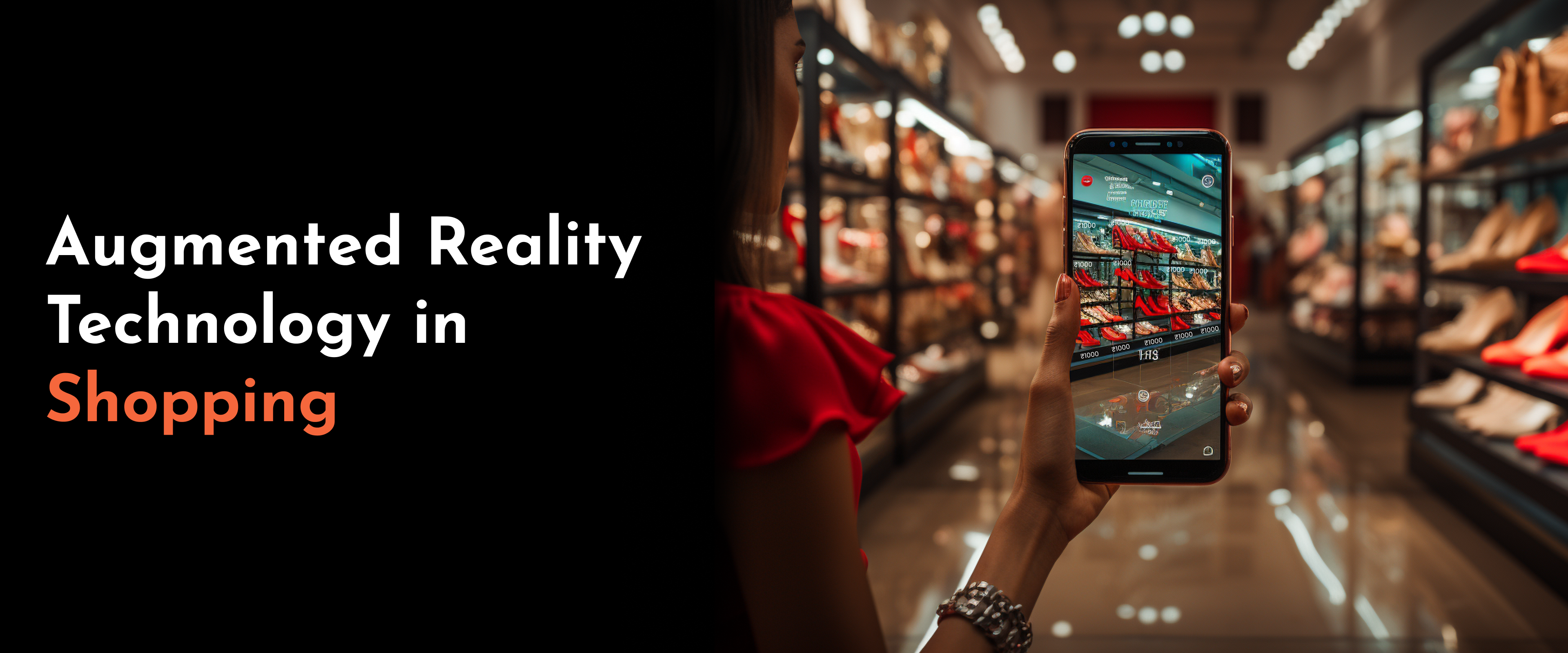
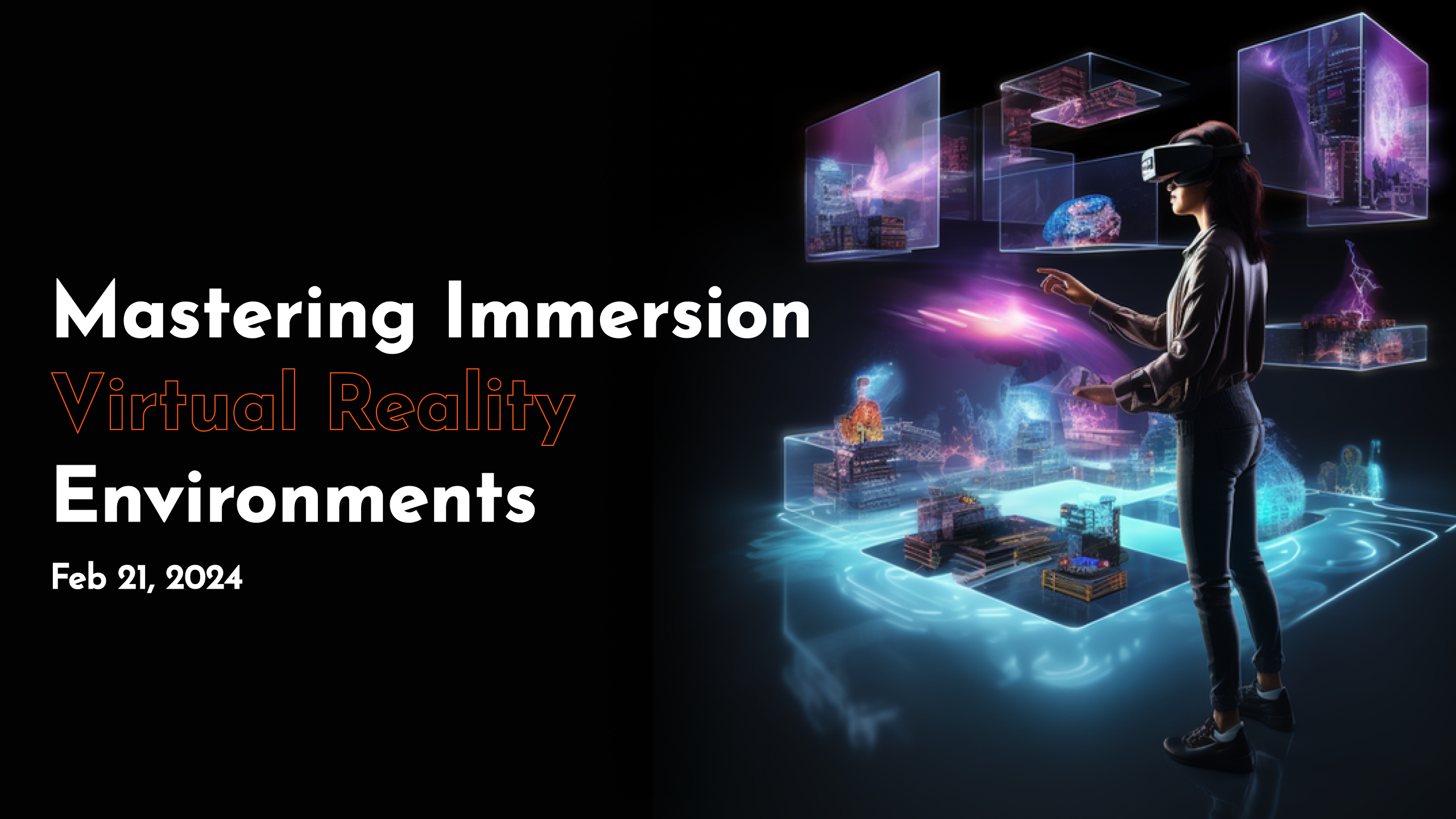
feb 21, 2024
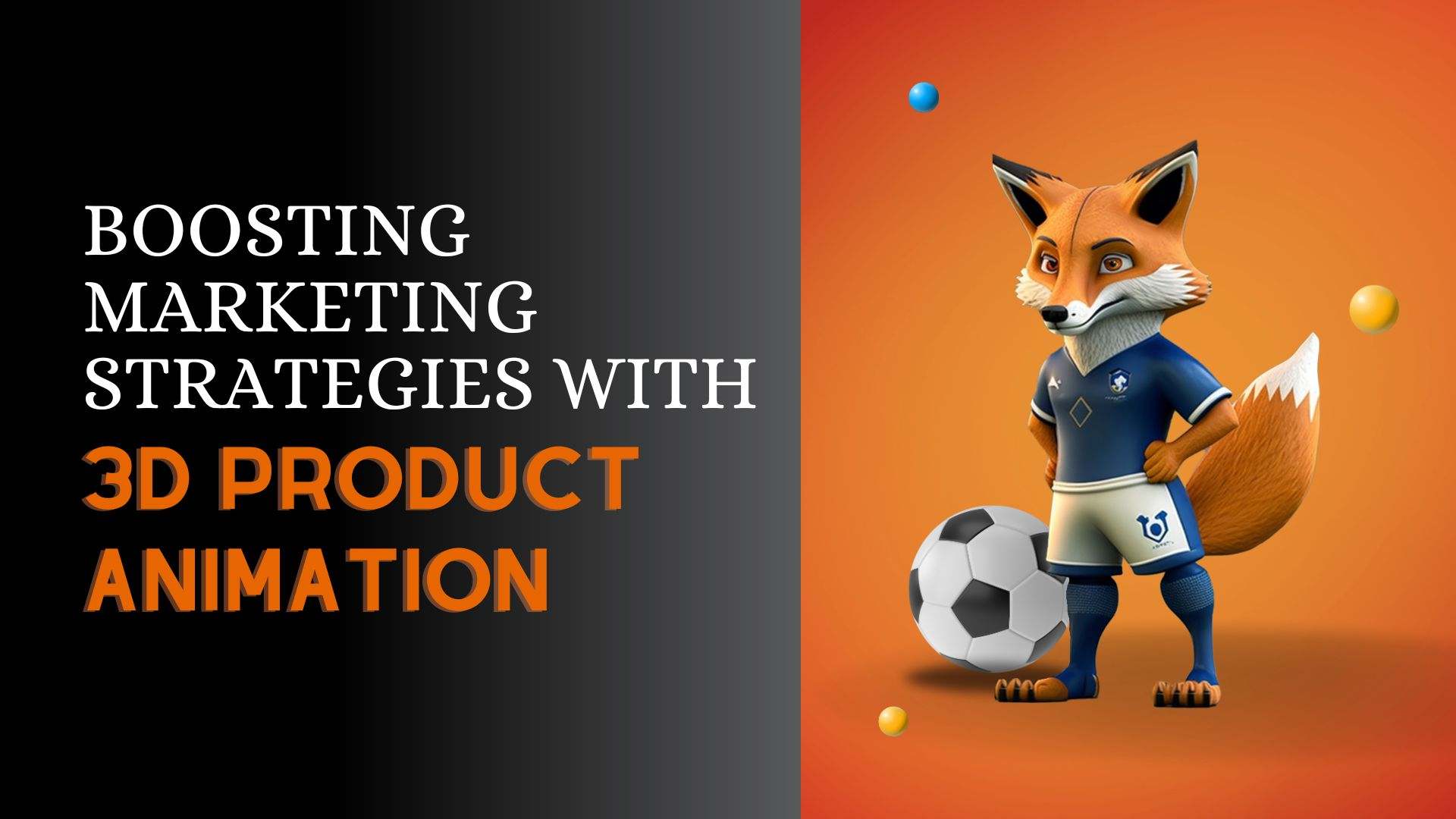

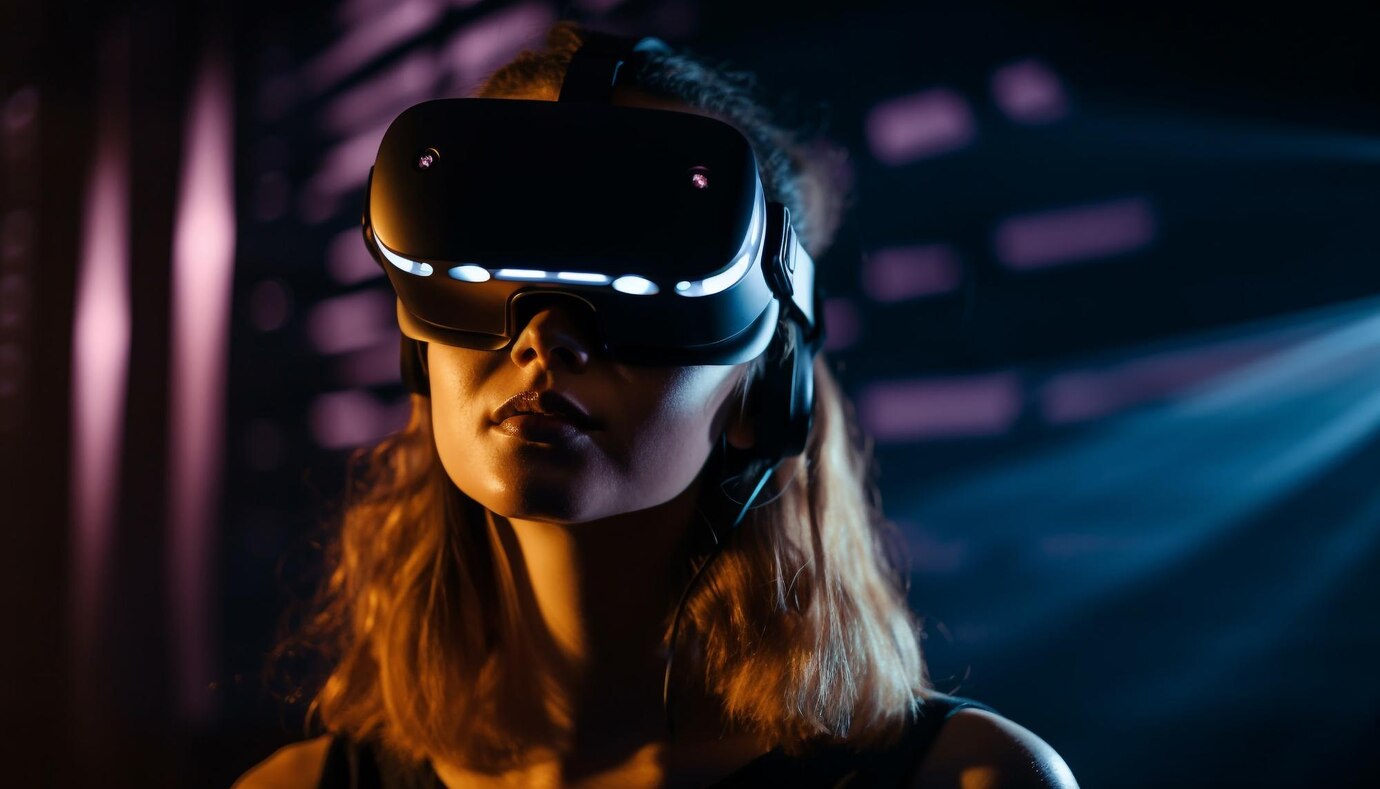
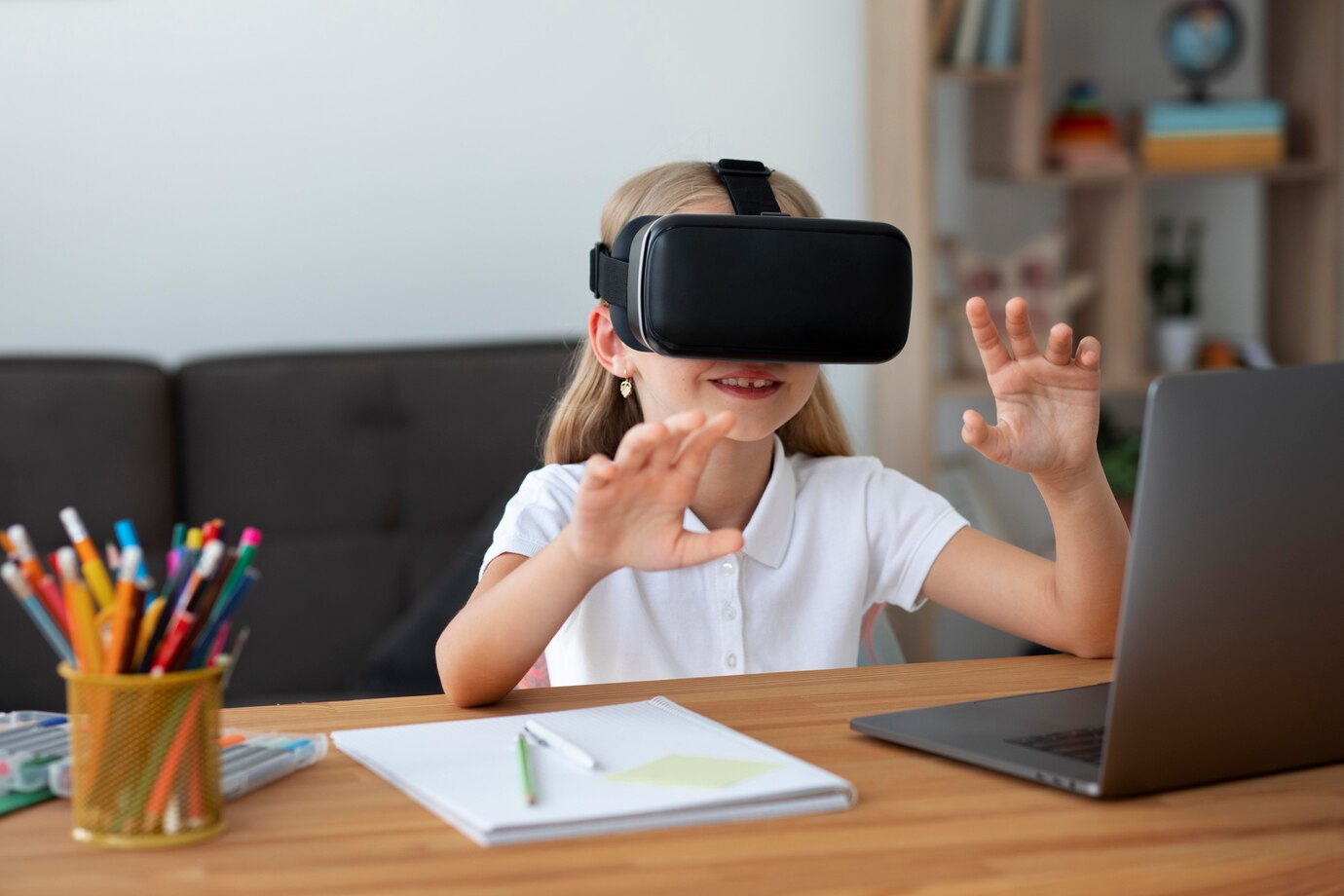
Nov 3, 2023
Categories
AR Filters3D Render & Visualization
Web AR/VR
Immersive Content
XR Game & Apps
Virtual Reality
